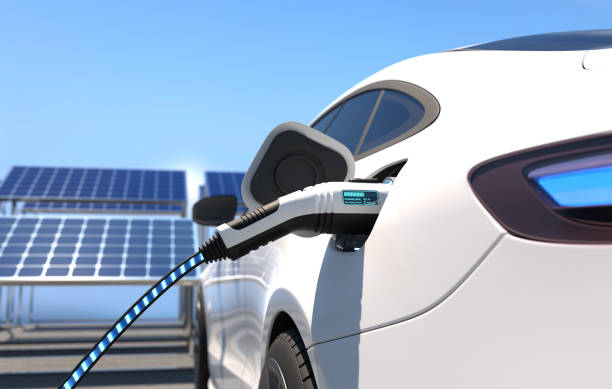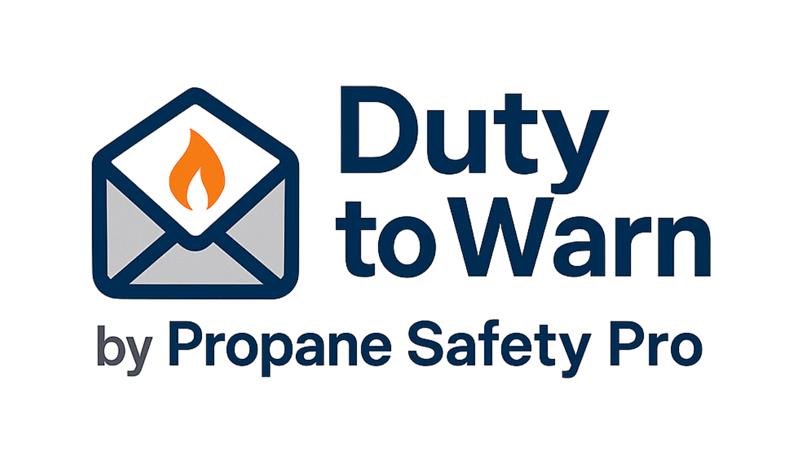The Era of Renewable Propane: A Clean Energy Revolution

Renewable propane, a relatively recent addition to the energy landscape, has quickly become a reality in the United States. In just three short years since the first significant amounts were sold to end-users in 2019, renewable propane has found its way into the market, making its presence felt in different states across the country. This remarkable progress signifies a significant step forward for a renewable energy product that was virtually nonexistent not long ago.
One of the most striking aspects of this journey is the surging demand for renewable propane, particularly in the autogas sector. Yet, its influence is not confined to just one segment; awareness and demand for renewable propane are steadily expanding across various market domains.
The next frontiers for renewable propane are the residential, commercial, and agriculture markets. With the right industry focus and support, these markets are poised to grow at a rate similar to that of autogas. Renewable propane now stands proudly alongside other sustainable liquid fuels, including renewable diesel, biodiesel, Bioheat, and sustainable aviation fuel, sometimes referred to as alternative jet fuel.
While demand has been robust, the supply chain for renewable propane has faced challenges in keeping up. However, this is gradually changing. Producers of other liquid fuel renewables, such as biodiesel, ethanol, and dimethyl ether (DME), are recognizing the potential of diversifying their production to include renewable propane. Notably, DME blended with conventional propane presents an exciting supply source, capable of achieving net-zero carbon emissions when blended correctly.
At present, the price of renewable propane may seem relatively high. Yet, it’s essential to bear in mind that increased availability typically leads to reduced costs. As the production and adoption of renewable propane continues to grow, we can anticipate more competitive pricing in the future.
Recognizing the transformative potential of renewable propane, U.S. propane industry organizations are shifting their perspective. They no longer view renewable propane as a competitor but as a complement and extension of the conventional propane market. This shift is driven by a growing appetite among propane marketers for insights on sourcing, marketing, and selling renewable propane alongside conventional propane and other energy products they offer.
Leading the charge in research and development, the Propane Education & Research Council (PERC) and the World LPG Association are exploring the use of DME combined with conventional propane blends and their impact on various equipment components. PERC is also ramping up its focus on renewable propane within its broader strategy to advance the propane market.
Notably, conventional propane already boasts a cleaner profile compared to most grid-sourced electricity today. With the advent of renewable propane, it appears increasingly unlikely that grid-sourced electricity will ever catch up in terms of environmental cleanliness. Propane is clean now, and it’s on a trajectory to become even cleaner.
Renewable propane is not just a concept; it’s a reality. Its swift rise in prominence, surging demand, and potential to revolutionize various sectors underscore its significance in the clean energy transition. As renewable propane continues to make strides, it promises a greener and more sustainable future for energy consumption in the United States.














